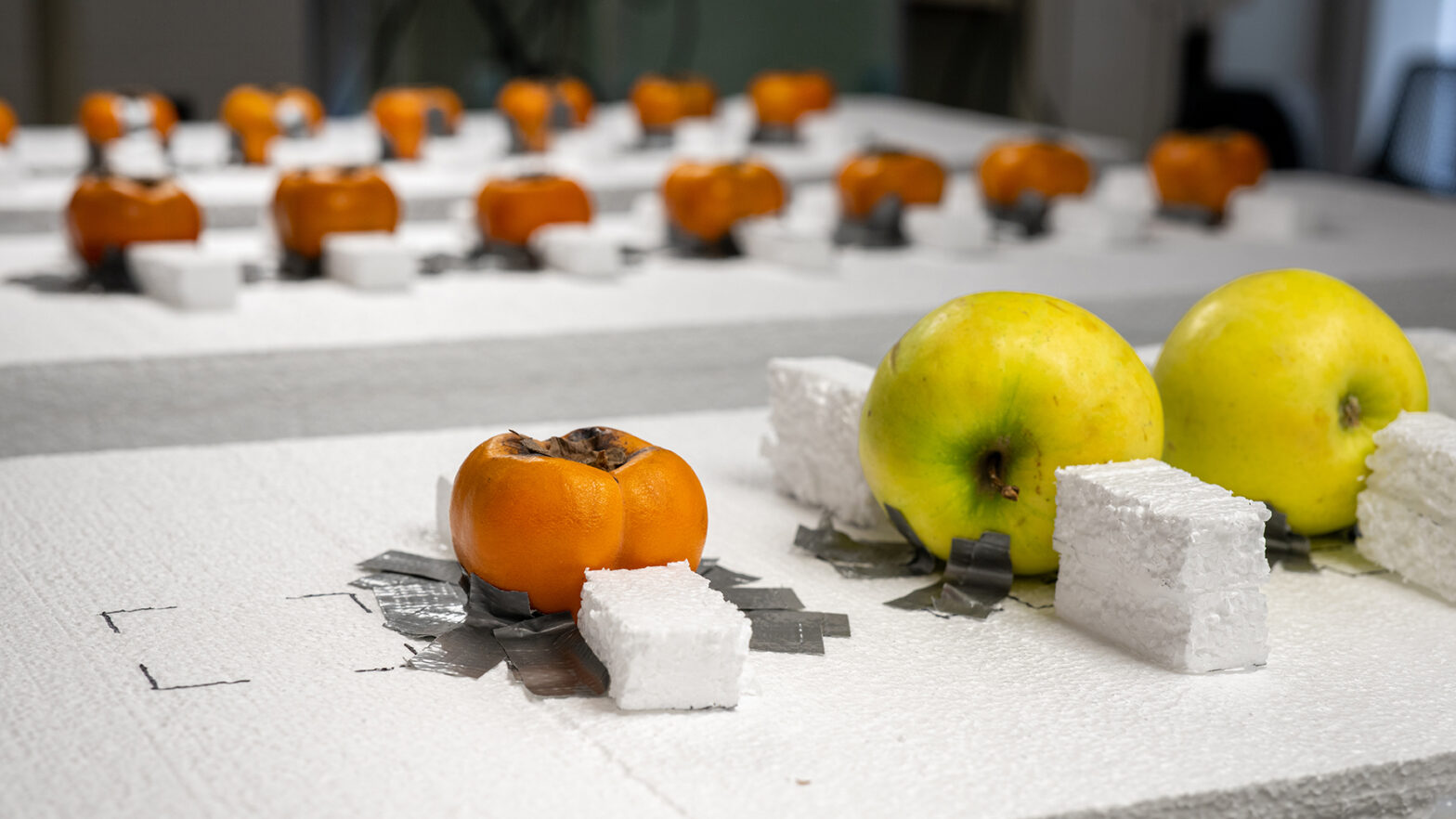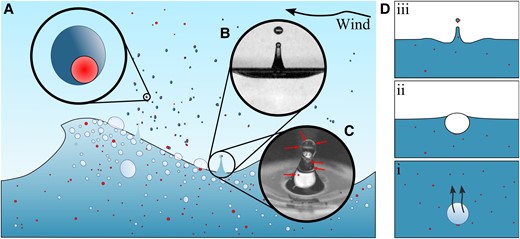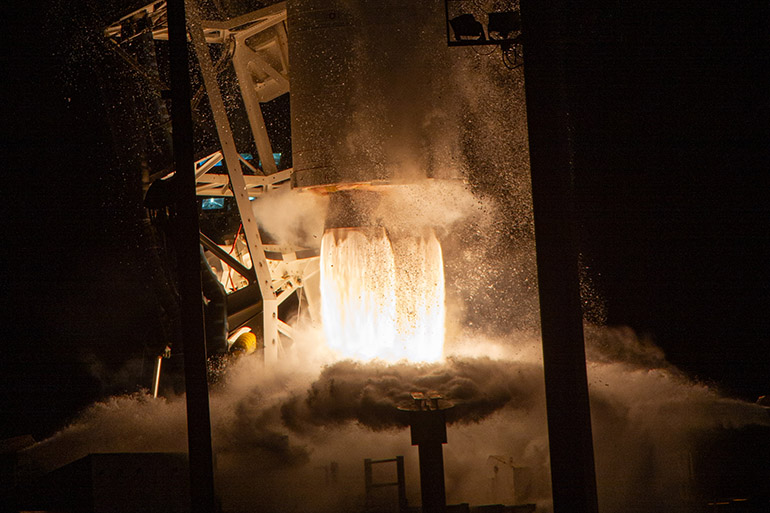2023-10-03 プリンストン大学
 Princeton and Microsoft researchers have found a way to bring next-generation wireless technologies to bear on the massive problem of food waste, with a system that can effectively peek under the surface and determine the quality of a piece of fruit. The advance could help vendors optimize distribution and slash waste. Photos by Sameer A. Khan/Fotobuddy
Princeton and Microsoft researchers have found a way to bring next-generation wireless technologies to bear on the massive problem of food waste, with a system that can effectively peek under the surface and determine the quality of a piece of fruit. The advance could help vendors optimize distribution and slash waste. Photos by Sameer A. Khan/Fotobuddy
◆この新しいツールは、果物の熟度を微細に測定し、食品廃棄物を削減するために供給業者に果物の分類方法を提供します。これにより、優れた果物を選別し、熟した果物を優先的に処理できる見込みです。
◆現行の方法は不確かで時間がかかり、大規模な実施には高額です。新技術は食品廃棄物を減らし、食糧安全保障、栄養、環境持続性に関する世界的な課題に貢献できる可能性があります。研究者は高周波信号を使用し、果物の熟度を細かく測定するシステムを開発し、将来の無線通信技術にも適用できると述べています。このツールは果物だけでなく、肉や飲料など他の食品にも拡張でき、食品安全監視や消費者の選択に大きな影響を与える可能性があります。
<関連情報>
- https://engineering.princeton.edu/news/2023/10/03/world-has-food-waste-problem-can-wireless-tech-help-fix-it
- https://dl.acm.org/doi/10.1145/3570361.3613275
アグリテラ サブテラヘルツ・ワイヤレス信号による正確で非侵襲的な果実の熟度センシング AgriTera: Accurate Non-Invasive Fruit Ripeness Sensing via Sub-Terahertz Wireless Signals
Sayed Saad Afzal,Atsutse Kludze,Subhajit Karmakar,Ranveer Chandra,Yasaman Ghasempour
ACM MobiCom ’23: Proceedings of the 29th Annual International Conference on Mobile Computing and Networking October 2023
DOI:https://doi.org/10.1145/3570361.3613275
ABSTRACT
The ability to assess the quality of fruit and vegetables at scale can revolutionize the agriculture sector and significantly reduce food waste. In this paper, we present AgriTera, a novel solution for accurate non-invasive, and contract-free fruit ripeness sensing via sub-terahertz wireless signals. The key idea is that sugar and water concentrations in fruit (that are associated with fruit ripening) leave unique non-uniform footprints in the wide band spectrum of the reflected signal off of the fruits. AgriTera utilizes the sub-THz bands for its wide bandwidth, sensitivity to water, mm-scale penetration depth, and non-ionizing features that offer high-resolution inferences from the peel as well as the pulp underneath the peel. We develop a chemometric model that translates the reflection spectra to well-known ripeness metrics, namely Dry Matter and Brix. We conduct extensive over-the-air experiments with commercially available sub-THz transceivers. We compare our results with ground truth values captured by a specialized quality sensor and a vision-based scheme that infers ripeness based on changes in the appearance of the fruit. We demonstrate that AgriTera can accurately estimate Brix and Dry Matter in three different types of fruit with an average Normalized RMSE value of 0.55%, an error that yields a negligible impact on taste and is imperceivable by the consumer.



